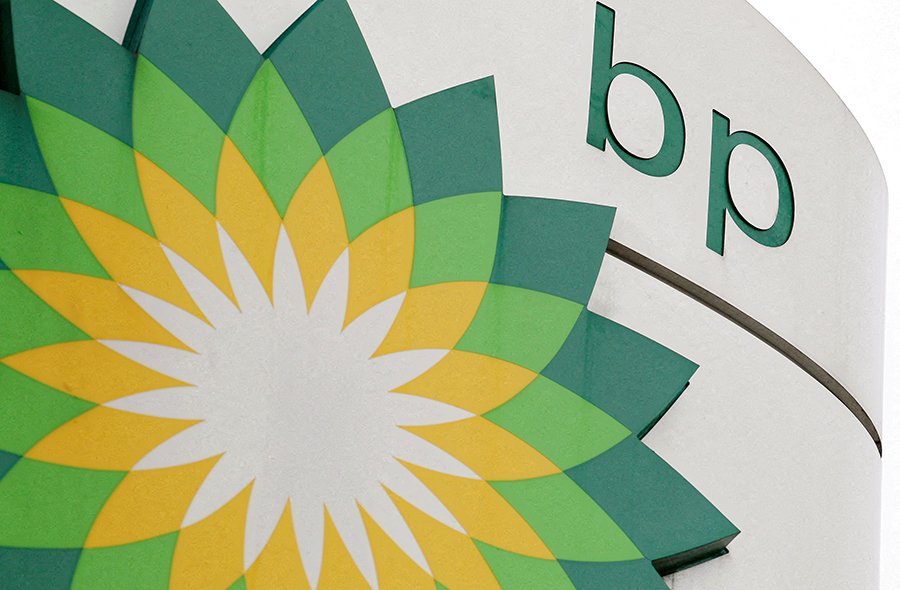читайте также
 Spain’s Real Estate: Record Prices and Falling Yields
Spain’s Real Estate: Record Prices and Falling Yields
 Fuel crisis at Seattle Airport: the Olympic Pipeline outage has disrupted supplies
Fuel crisis at Seattle Airport: the Olympic Pipeline outage has disrupted supplies
 European Hotel Construction Market Breaks Records: Upper Upscale Segment Reaches New Heights
European Hotel Construction Market Breaks Records: Upper Upscale Segment Reaches New Heights
 Middle East Hotel Construction Pipeline Hits Record High: 659 Projects and 163,816 Rooms Under Development
Middle East Hotel Construction Pipeline Hits Record High: 659 Projects and 163,816 Rooms Under Development
 New Rules for Greece’s Golden Visa: What Changes for Investors
New Rules for Greece’s Golden Visa: What Changes for Investors
 Holiday Travel 2025: Less Spending, More Generational Shifts — Deloitte’s New Forecast
Holiday Travel 2025: Less Spending, More Generational Shifts — Deloitte’s New Forecast
European Real Estate Market in 2025: Recovery Amid High Risks and Uncertainty

The European real estate market is expected to continue its recovery in 2025, but it will be characterized by high risks, mixed trends, and uncertain forecasting. A detailed analysis reveals a complex and dynamic landscape shaped by economic, social, and geopolitical factors.
In 2024, the European real estate sector showed signs of recovery following the downturn caused by the COVID-19 pandemic and the subsequent economic crisis. However, this recovery remains highly uneven across different regions and market segments.
Real Estate Transactions and Price Trends in 2024
Many European countries experienced a rise in real estate market activity in 2024. According to Eurostat, housing prices in Europe increased by 2.9% year-on-year.
However, this average figure masks significant regional differences. In some EU member states, especially former socialist countries, price growth was much higher. For example, Poland recorded a 13% increase in apartment prices.
At the same time, Western European countries saw price declines. The most significant drops were observed in Luxembourg (-8.3%), Finland (-4.8%), France (-4.6%), and Germany (-2.6%).
Despite the recent declines, Reuters forecasts that German housing prices will increase by 3% annually in 2025 and 2026 due to lower interest rates and economic stabilization.
In Spain, the number of real estate transactions reached 641,919, a level unseen since 2007, marking a 10% increase from 2023, according to El Pais. This surge was driven by lower interest rates, economic growth, wage increases, and a rise in foreign buyers.
Similarly, Portugal experienced record-breaking home sales in Q3 2024, with total sales reaching €9.05 billion (+28% YoY), per the National Statistics Institute. However, the shortage of affordable housing in cities like Lisbon remains a major issue.
Market Segmentation: Luxury vs. Budget Housing, Apartments vs. Houses
The luxury real estate sector in Europe remained stable in 2024. In Athens, Greece, prime property prices rose by 3.5% in H1 2024, making it the fastest-growing market in the EU, according to Migration Group. However, growth slowed in H2 across the EU.
Limassol, Cyprus emerged as a top luxury resort market, with high-value transactions exceeding €145 million. Yet, the EU luxury property sector lags behind non-EU hotspots, including Turkey, Egypt, and especially Georgia, where luxury property prices have surged by over 30% annually.
The budget housing segment saw rising demand, especially in Eastern Europe, where economic growth is improving affordability. However, in countries like Portugal, housing prices have outpaced local income growth, leading to social unrest and protests.
Local Market Trends: Capitals, Small Towns, Rural Areas, and Resorts
Capital Cities & Major Urban Centers: Demand remains high, supporting price growth, though affordability issues persist in Lisbon and Barcelona.
Small Towns & Rural Areas: Increased demand due to remote work is revitalizing these markets.
Resort Areas: Strong demand from both foreign investors and locals continues to drive price growth in the Mediterranean region.
Forecast for 2025
The European real estate market is expected to grow moderately in 2025, with price increases of 2-4% in Germany and most of Western Europe. Investors will focus on sustainable development, commercial real estate, and digital infrastructure (e.g., data centers).
However, geopolitical instability remains a major concern. According to PwC and Urban Land Institute, global political uncertainty could impact investment flows and market dynamics.
Key Risks & Negative Trends in the European Real Estate Market
Housing affordability crisis – Rapid price growth in capitals & tourist hotspots fuels social tensions and government intervention (e.g., rent caps in Berlin, Madrid, Amsterdam).
Interest rate volatility – Despite recent ECB rate cuts, future monetary policy shifts could impact mortgage accessibility.
Geopolitical uncertainty – Sanctions, conflicts, and economic crises in neighboring regions may disrupt investment trends.
Tax policies – Many EU countries are raising property taxes, making real estate investments less attractive.
Environmental & energy regulations – Stricter EU efficiency laws increase renovation & maintenance costs for property owners.
Market saturation & declining demand – Demographic shifts and stricter mortgage lending rules are slowing demand in certain markets.
What to Expect from European Real Estate in 2025
In 2024, EU real estate investment hit a 10-year low, falling 57% since 2022. The outlook for 2025 remains cautious, with modest price appreciation but limited liquidity and capitalization growth.
Key takeaways:
- Prices expected to rise 2-4% in Germany & Western Europe.
- Interest rate cuts will support mortgage lending & transaction volumes.
- Luxury real estate remains resilient, but budget housing faces affordability issues.
- Investors prioritize sustainability, commercial properties & digital infrastructure.
- Geopolitical risks & taxation policies could dampen investor sentiment.
What’s your real estate strategy for 2025? Share your thoughts!





